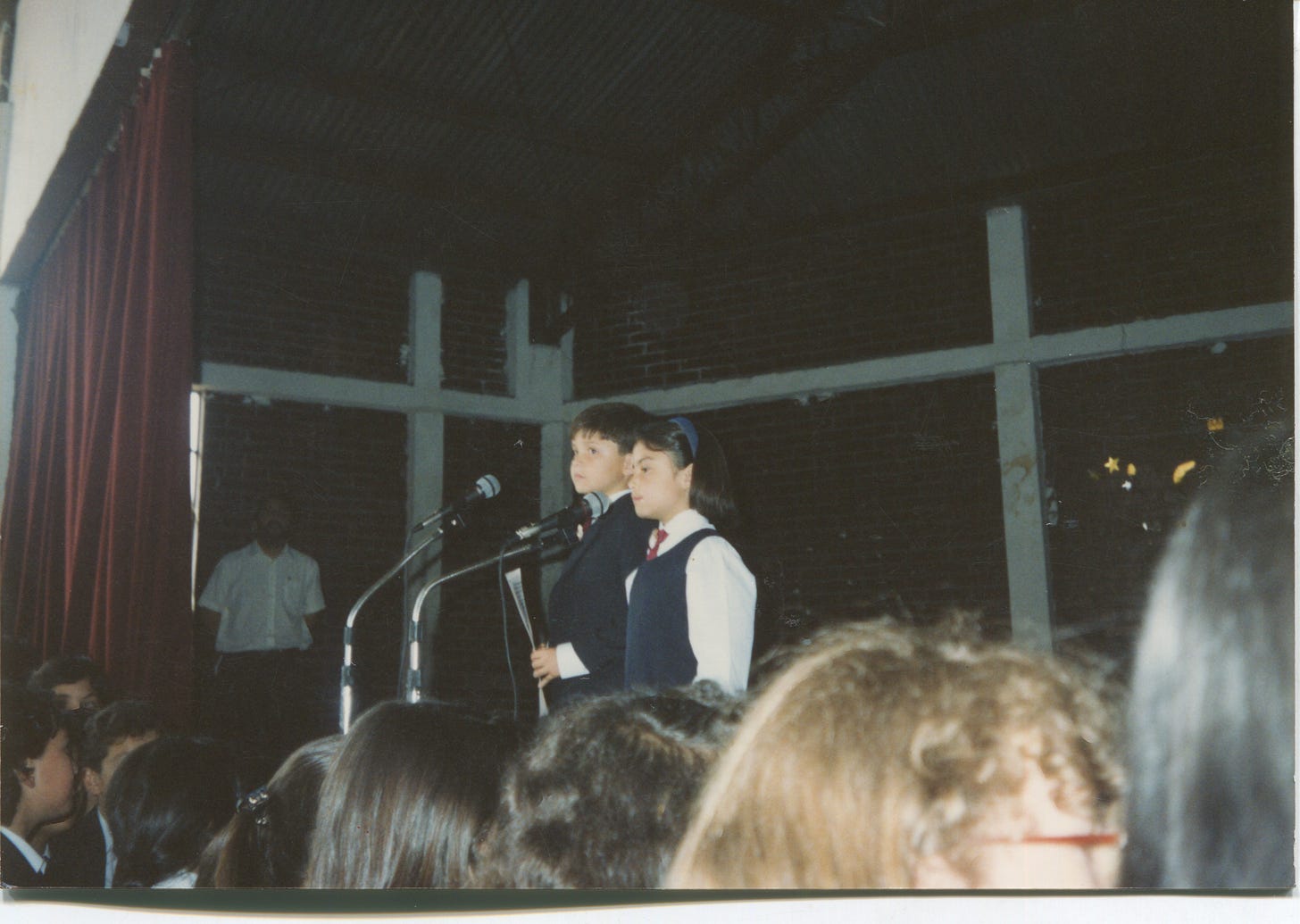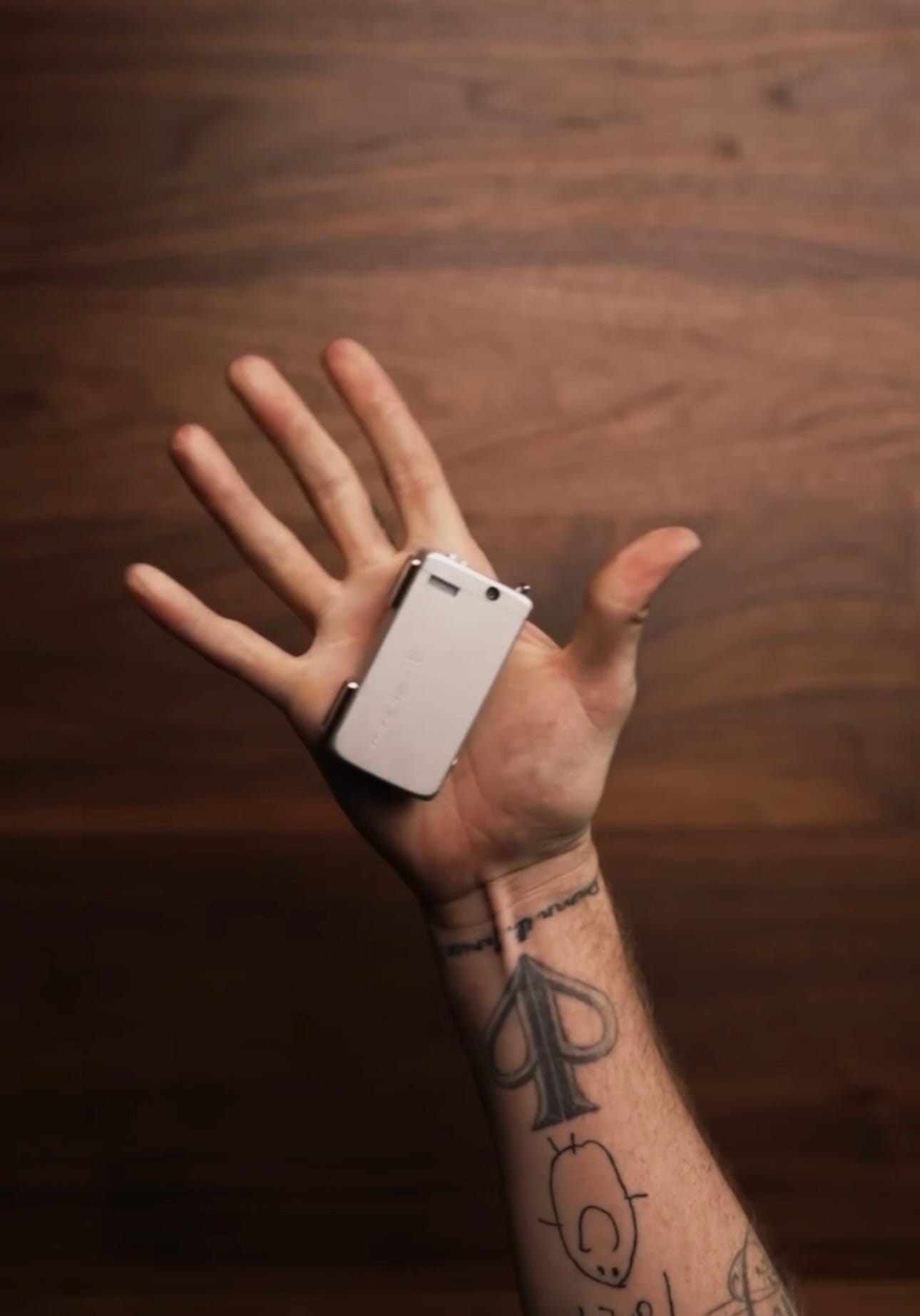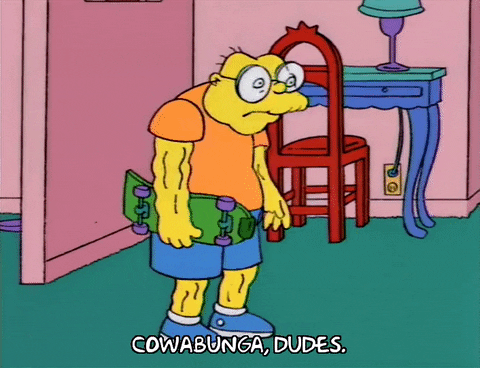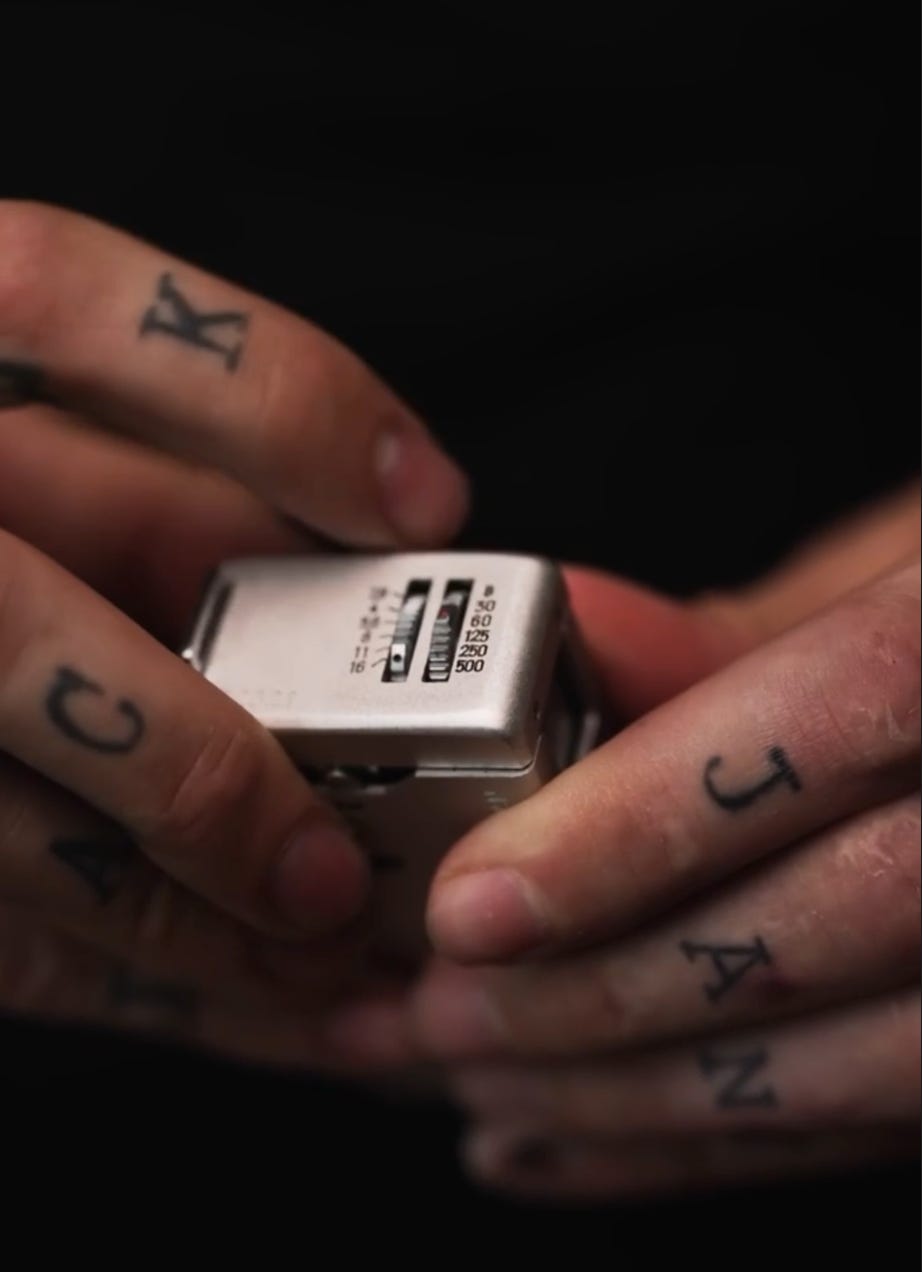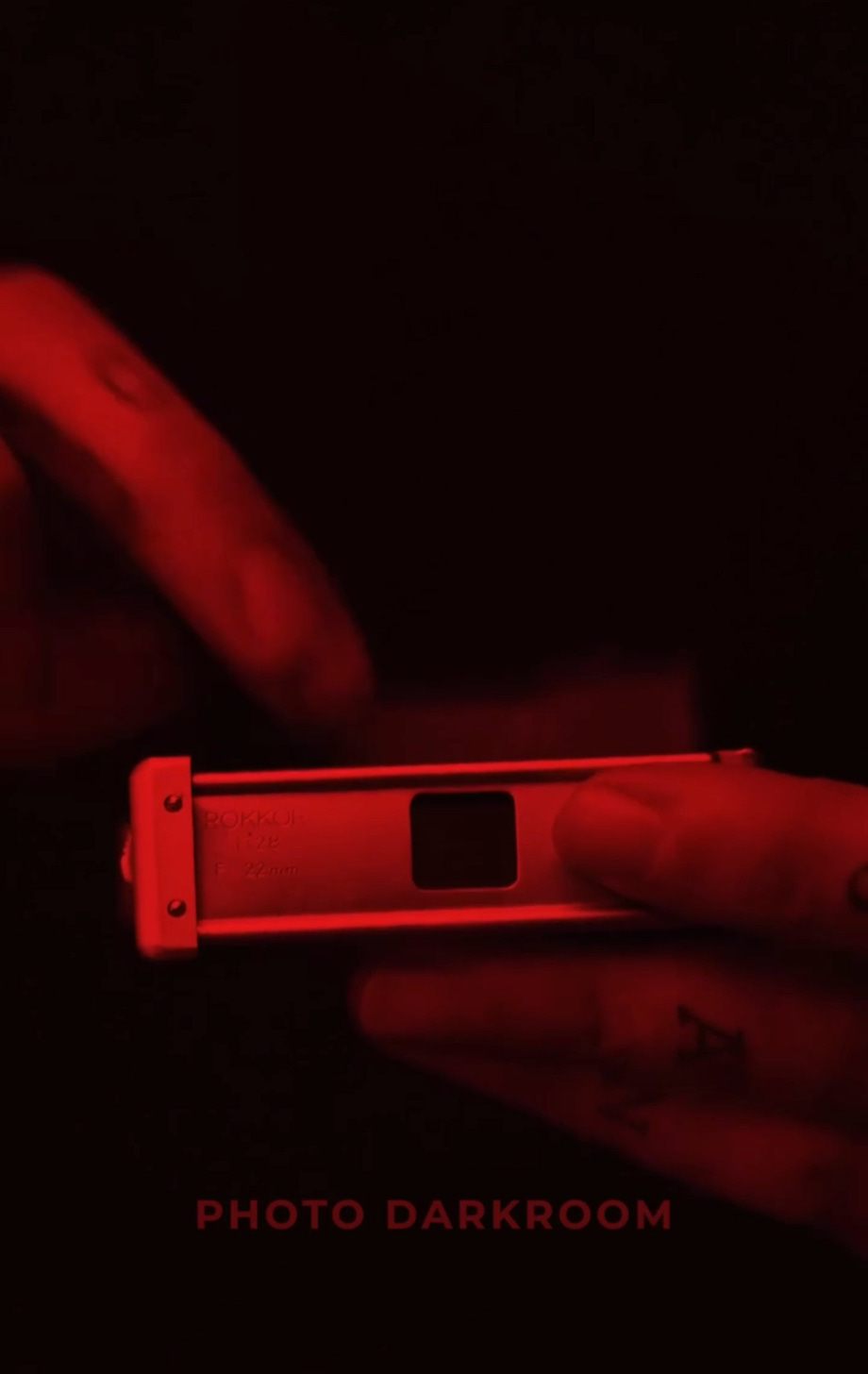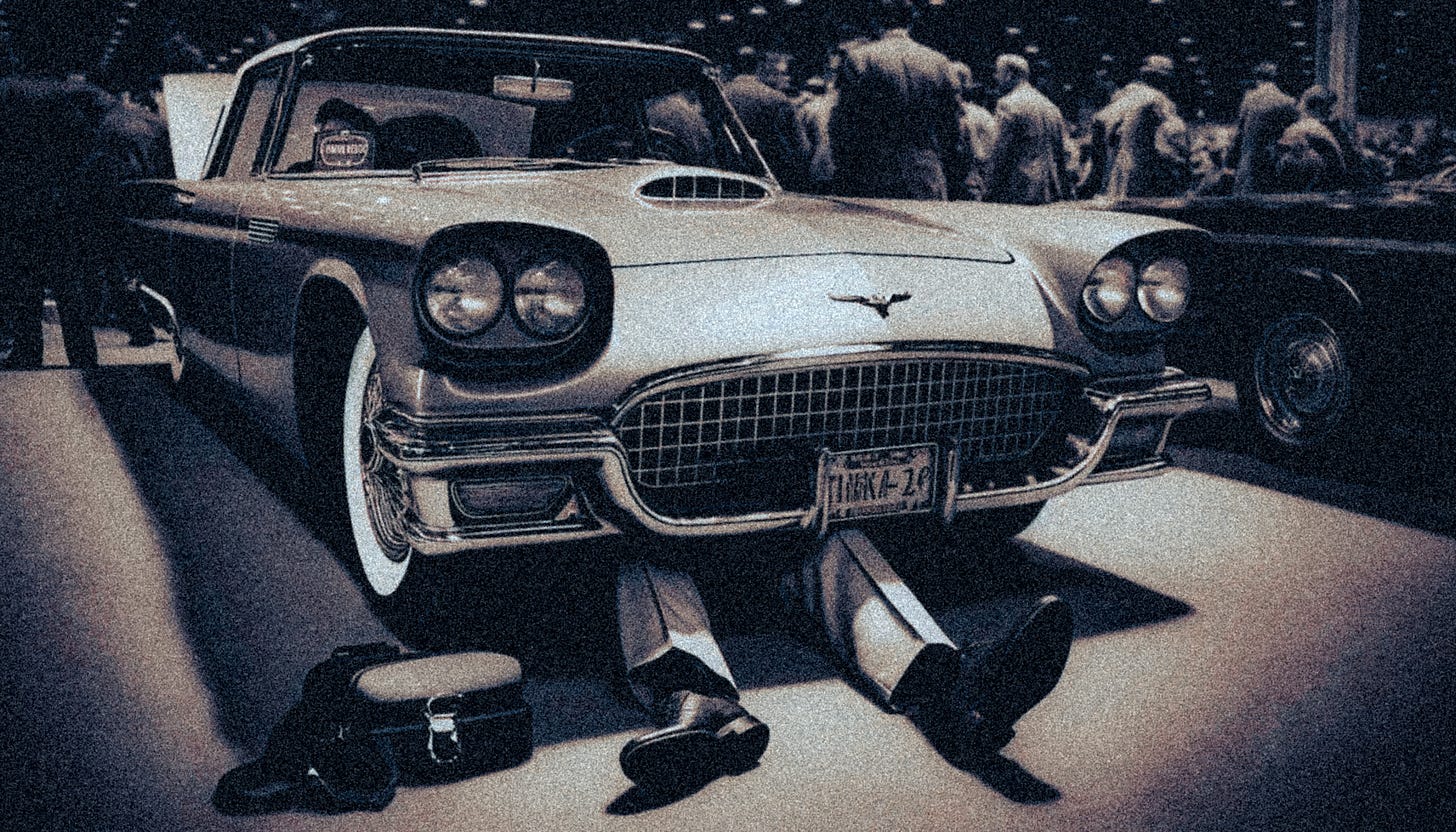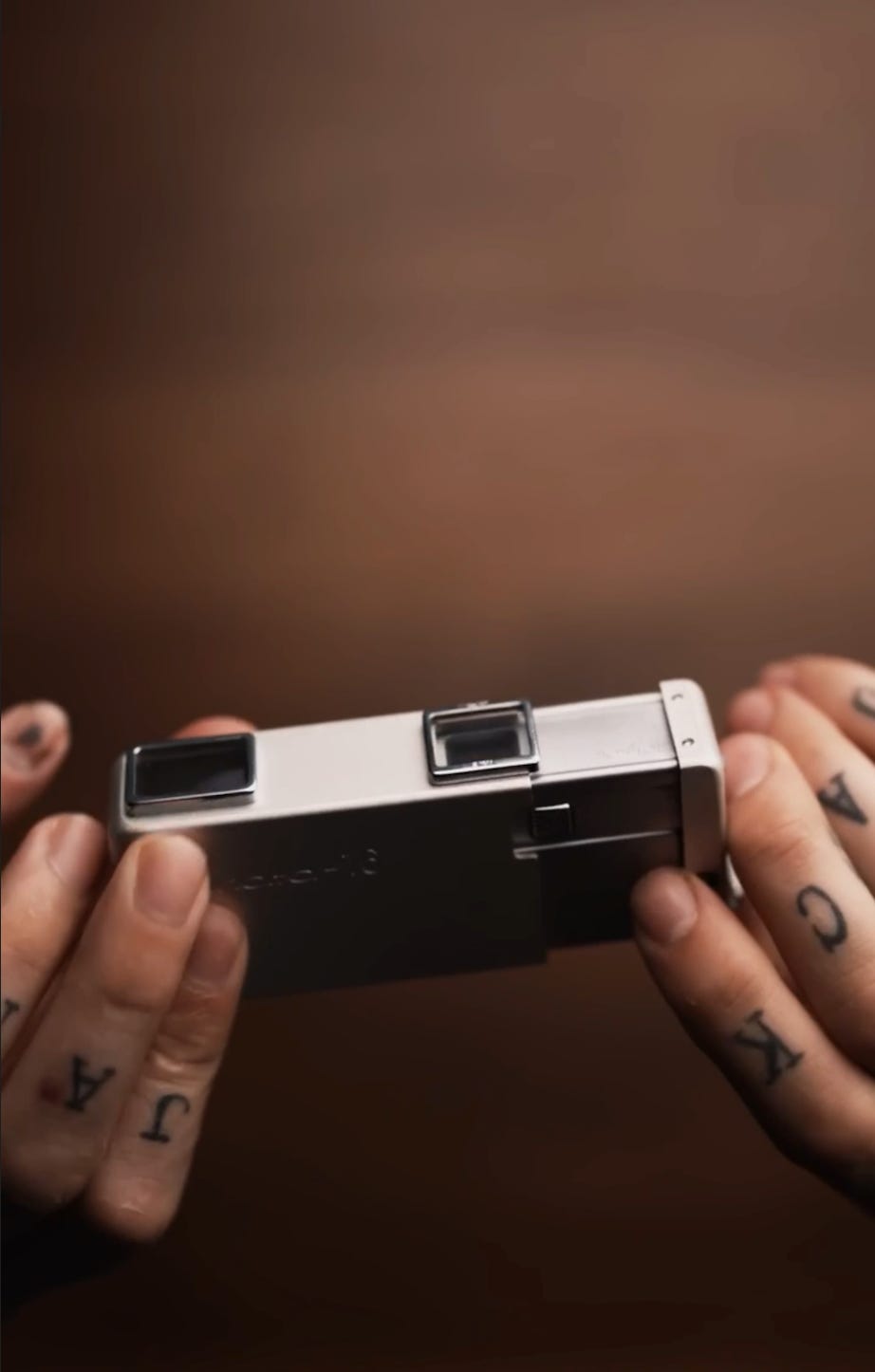Japanese espionage at the auto fair with Peter McKinnon
James Bond-like gadgets ready for the show! 📸
YouTube Short of the Week #006
Hello friend 👋
When you know how to frame what you’re saying, people will listen.
But this post is not about historical speeches.
This is about a YouTube short that will teach you how to show and tell using, you guessed it, FRAMING.
Today's feature guest:
Peter McKinnon 🏴☠️
Photography mastery: check
Cool tats: check
A knack for bringing objects to life using story: ch-ch-ch-check!
The structure you’ll learn today is based on his short: “The Spy Camera” and it goes like this:
look at this frame!
highlight the main feature
pop culture reference
rapid fire features
quirks and challenges
historical use
conclusion and reflection
Let’s do this.
54 seconds / 161 words
13.5M views / 871K likes / 2.4K comments
published: Jun 25, 2021
Storytelling Beats
1. look at this frame!
"This is a vintage spy camera made in 1956, this is the Minolta 16."
Sure, the camera is cool and beautiful, but the intrigue is set via the espionage element.
And that is framing (pun super intended)
Peter could have highlighted other features of the camera, but “spy” wins because it triggers multiple curiosity loops.
Who is spying?
Who was spied on?
Where can I get one? asking for a friend.
2. highlight the main feature
"Small enough that it fits in the palm of your hand,
underneath an iPhone mini,
or hidden inside a deck of cards."
With framing and curiosity loops in place, you can take your time to showcase the object in detail.
Using other items for contrast and scale is a bonus as well.
3. Pop culture reference
"The exact type of device you would see James Bond use on a secret mission."
Like metaphors and analogies, a strong pop culture reference can boost your story and help you paint a vivid image of the object.
However, use with caution.
Obscure references can confuse and distract your viewers.
James Bond is quite well known. Right?
GenZers, feel free to confirm or debunk in the comments.
Is James Bond fire? clutch? razz?
4. Explanation of the Camera's Features
"This is where you change the shutter speed,
this is where you change the aperture,
that's where you look through,
that's the shutter,
and this is how you recharge each shot.
And this wheel here is the number of exposures you have left.
It takes 16-millimeter film."
Rapid-fire showcase with hands-on action.
Sometimes we’re too familiar with an object and we forget how freakin’ cool things can be.
From a mechanical pencil to a succulent plant, don’t shy away from showing your object from every angle to flex all the features:
what sounds do they make?
how does it smell?
does your cat like it?
I want to know.
5. Operational Challenges
"When reloading this camera, you had to do it in complete darkness, letting absolutely zero light in,
otherwise, your entire film roll would be rendered useless."
All stories need obstacles of some kind, and this was a clever way to add one.
After raving about the camera’s features, an operational challenge raises the stakes for the hypothetical spy.
Which of course is me, the viewer.
I do see myself Sean Connering this camera.
“say cheese, oh, BTW, bang! *sips martini* you dead.
We late to the party, bikini lady. Chop-chop.”
6. Historical Use of the Camera
"It's said that the Japanese used to take this to international car shows and get under the vehicles to snap pictures of all the mechanics."
Behold!
the payoff.🎉
After learning how cool, tiny, and functional the Minolta 16 is, we finally know who the mystery spy is:
A Japanese businessman taking snaps under a Ford Thunderbird!
And I'm all for it.
You show them, senpai!
7. Conclusion and Reflection
"Sneaky stuff, not bad for a camera that's 64 years old."
So!
Rather than simply listing specs and features, find the most intriguing, story-worthy aspect and lead with that.
For creators looking to showcase a product or service, the takeaways are:
Find the most compelling, story-rich angle to make your hook.
“this pen model was used to write two Harry Potter books”Tie product details and features back to the central narrative.
“reliable like a wand and tough like a dementor”
(I’ve only read The Azkaban Prisoner, sorry.)Use relatable references and real-world examples to make the story tangible.
“J.K Rollins was broke, so she had to make sure her pens would last long”Structure your showcase for maximum impact, with a strong hook, key details in the middle, and a punchy conclusion.
“if you want a budget pen with two best sellers in it. This could be the one”
Framing matters, storytelling matters, and with a little historical research, any object can be the star of a spy thriller.
Sneaky stuff.
See you next week!
Oh, and if you still haven't watched it, here my first long-form YT. I think you will like it :)
Matias Ruiz-Tagle
Founder of Atomic Stories
matias@atomicstories.net



